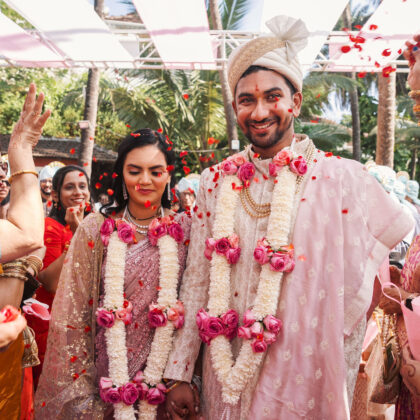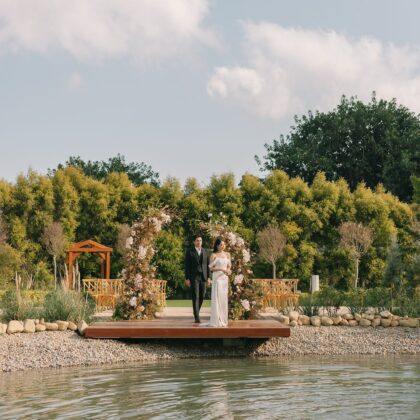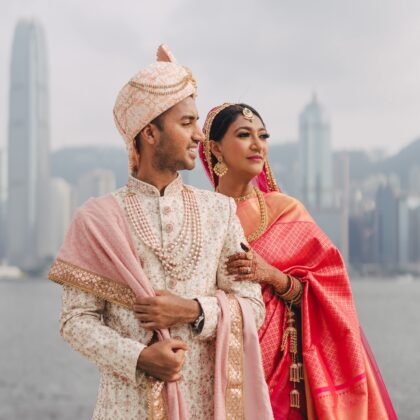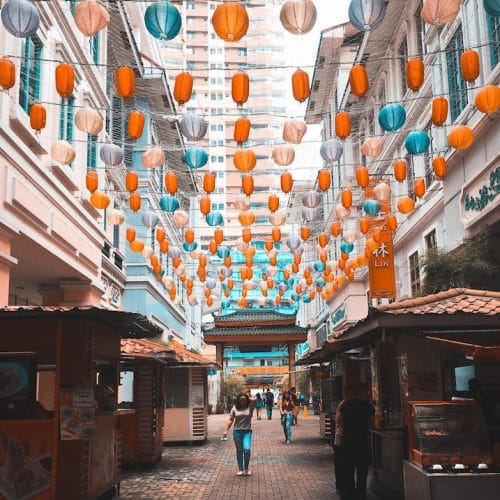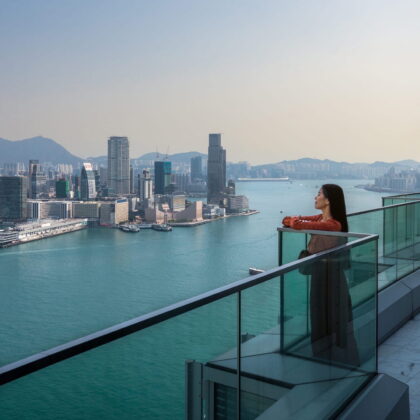Travelling to Manila for work or for leisure? This Pearl of the Orient has plenty of hidden gems.
Though Manila is often overlooked against the tropical paradises that make up the Philippines, this flourishing metropolis actually has a lot more to offer than just a stop-over point. Capital of the Philippine archipelago, this city has seen rapid economic growth in recent times to become a vibrant area teeming with rich cultural history. This is reflected in Manila’s diverse array of colonial architecture, reflecting the Spanish, American, Chinese and Malay influences on the city.
In fact, Manila actually shares a lot of Hong Kong’s characteristics. From modern skyscrapers emerging from historic structures, to the abundance of international cuisine, it would prove difficult not to find a piece of home in this aptly named ‘Pearl of the Orient’. The busy and sprawling atmosphere may deter the unexperienced, sun-seeking traveller but at the city’s heart lies a treasure trove of people, experiences and interactions that is truly worth exploring. Just like the 852, Manila has been able to retain its unique sense of self throughout the years, whether that’s through its classic Filipino dishes like Tapsilog and Adobo or the real community-feel that it radiates.
It’s worth noting that Manila can refer to the city itself as well as the larger metropolitan area (Metro Manila), made up of countless districts and cities. This city travel guide spotlights major attractions from Manila city, as well as major districts within Metro Manila.
Read more: 8 Sustainable and Eco Hotels to Put on Your Travel Bucket List
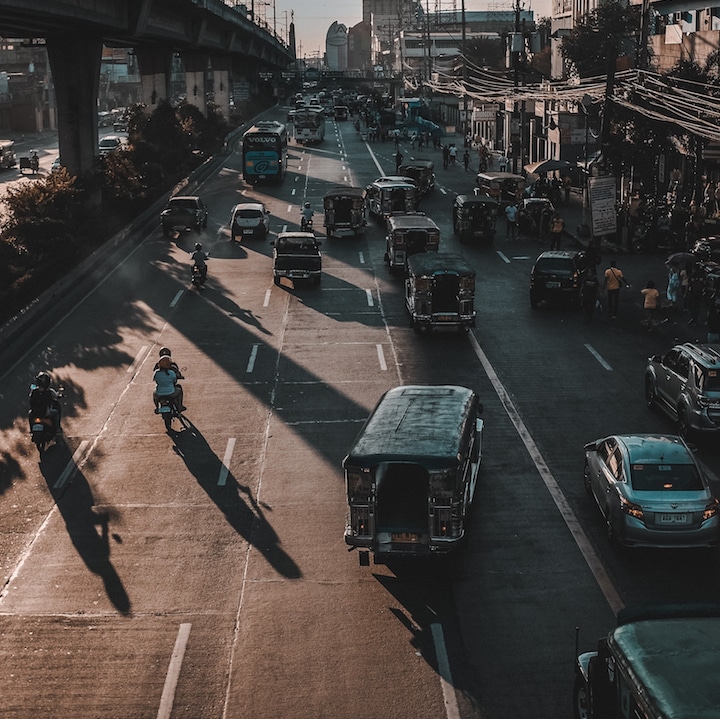
Where to stay:
Manila is notorious for its congestion so it would be worth dishing out more on a centrally-located accommodation to save you the hours in traffic. We recommend staying in the Manila city proper or the Makati district, which is as central as it gets, filled with shops, restaurants, nightlife and other attractions that are mostly within walking distance. There are plenty of other places to stay but if you have a specific budget in mind, you can customise prices to your liking at Airbnb, which offers a range of comfortable accommodation.
For those of you with a larger budget, there are numerous hotel chains to choose from. To name a few:
- Shangri-La Manila (three branches all over Manila, including Makati City and Bonifacio Global City)
- Marriott Hotel Manila (Pasay City, Manila)
- The Peninsula Manila (Makati City, Manila)
- The Manila Hotel (Manila)
- Sofitel Hotel (Pasay City, Manila)
If you’re looking for a more personalised experience, try these boutique hotels:
- The Henry Hotel Manila (Pasay City, Manila)
- Cocoon Boutique Hotel (Quezon City, Manila)
Where to explore:
Different areas of Manila are famous for different things. For example, Malate and Ermita are neighbourhoods known for popular tourist spots like Manila Ocean Park but they are also favoured by travellers for their lively nightlife scene. Makati, on the other hand, is a commercial area with lots of shopping malls, but is also great for cultural and historical attractions.
The list goes on… Our tip? Do your research before going and keep in mind the types of activities you’d like to do. Of course, you can travel to other areas during your stay; travelling between districts in Metro Manila takes under an hour but factor in traffic when you plan your journey. Still, staying in the area you’d like to explore most would save you the hassle of travelling.
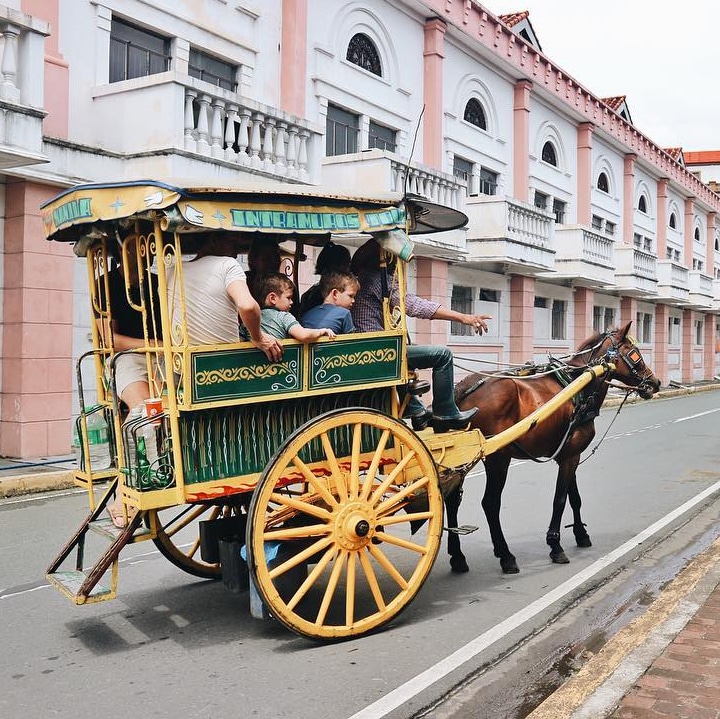
Head to Intramuros
Intramuros is a 16th century Spanish fortress previously used by the Spaniards to defend the city. In keeping with its name, which literally means ‘Walled City’, within the Intramuros walls are old streets and buildings with shops and offices operating inside them.
There are a dozen other museums and historical attractions within, such as the San Agustin Church (a UNESCO World Heritage Site) or the Manila Cathedral. Take a glimpse of what life might have been like during the Spanish Colonial Period at Casa Manila, a reconstructed replica of a Spanish-Filipino house decorated with period-style furniture. Feel like a cheeky shop? Check out Silahis Arts & Artefacts, which sells locally made products and souvenirs.
Explore the area either by yourself or enjoy it the authentic way by taking a calesa (horse-drawn carriage). If you’re feeling peckish why not grab a bite at Intramuros’s famous Filipino-Spanish fusion café, Illustrado?
Read more: Cheap Travel: Free Things to do in Laos
Fort Santiago
Part of the walled structure surrounding Intramuros, this impressive gateway is a sight to see and makes for a perfect afternoon stroll. If you’re a historical enthusiast, check out some of the guided tours in the area that will leave you more-or-less an expert in Manila’s history!

Manila Ocean Park
Located in the Ermita neighbourhood, this marine park is a great way to have a fuss-free day planned in the books – especially if the weather simply isn’t cooperating! There is a large oceaniarum and countless viewing areas for you to appreciate all the rich marine life.
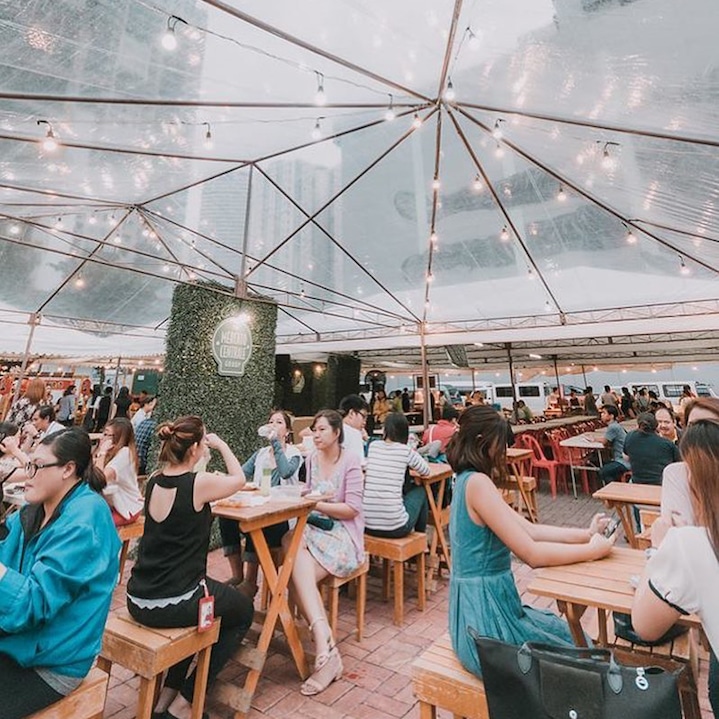
Mercato Centrale Night Food Market
Food and travel… two things that go hand in hand and are perfectly amalgamated to form a night market at Taguig, Metro Manila (an hour away from Manila city). With hundreds of local vendors at hand, eat and drink your way to the heart of Manilla one stall at a time.
Manila Baywalk
Walk along this promenade while admiring the beautiful view of Manila Bay. A prime location for people-watching locals, we suggest coming here just before sunset so you can see the walk light up with performers, live music and entertainment. There are also sidewalk cafes lining the strip so if you’re travelling with your significant other, how about planning a romantic evening?
Manila Bay Cruise
Why not appreciate Manila Bay while cruising down its very waters? Check out Prestige Cruises, which offers a 1 hour and 30-minute cruise complete with a dinner buffet. Prices start at 850 pesos (around HKD $123).
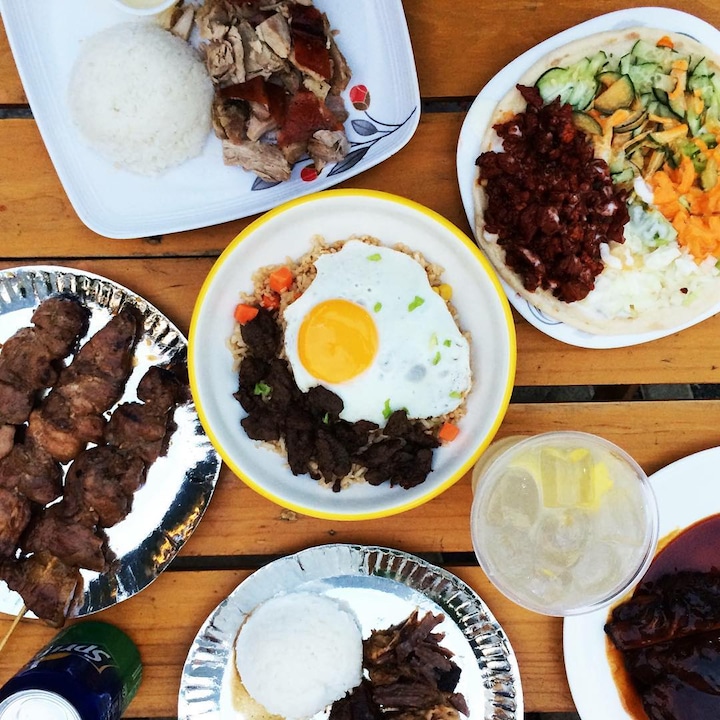
Where to eat & drink:
The great thing about Manila is that it nails not only Filipino cuisine but also food from around the world. Be sure to try out classic Filipino dishes like Tapsilog, Pancit, Pork Sisig and Buko Pie. Here are a few of our favourites spots:
Serving up home-style Filipino dishes, you can’t go wrong with this neighbourhood café.
Milkyway, 900 Antonio Arnaiz Avenue, Makati, 1200 Metro Manila, Philippines
Voted Manila’s best for Buko pie, this bakery offers delicious baked goods to satisfy aalll the sweet cravings.
Wildflour, G/F Net Lima Building, 5th Avenue Corner 26th Street, Bonifacio Global City, Taguig City, Philippines
Little Tokyo
This small compound combines 13 different Japanese restaurants (think takoyakis, bento meals, sushi, yakisoba noodles & more) to give you the most authentic experience – the area itself is even decorated and furnished like the streets of Japan!
Little Tokyo, 2277 Chino Roces Avenue, Pasong Tomo Corner Amorsolo Street, Makati, Metro Manila, Philippines
100% plant-based, this place recreates Filipino dishes with a vegan twist. We’re talking tofu lemongrass skewers, mushroom salpicao, pineapple fried rice and more yummy goodness!
Pipino Veg, 39 Malingap Street, 2/F, Teachers Village, 1101 Quezon City, Philippines
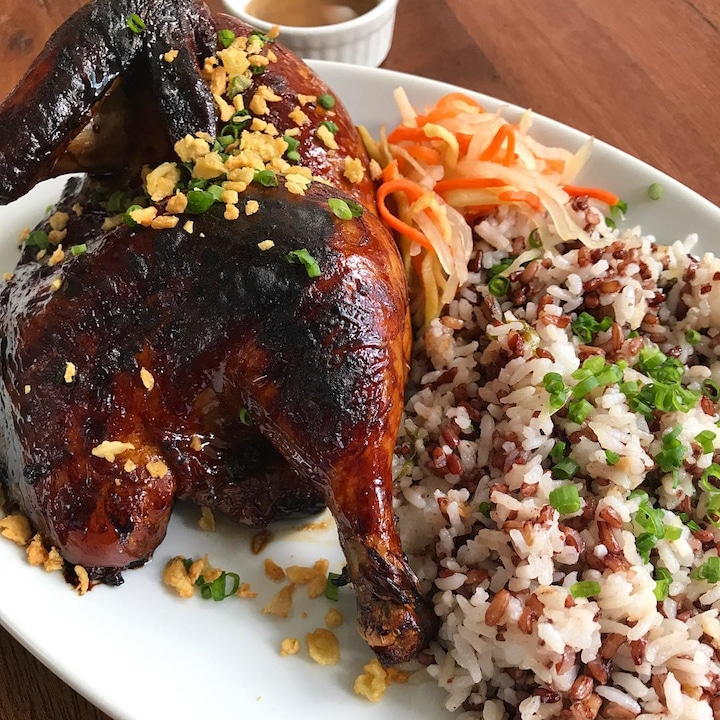
Authentic Filipino dishes in a modern setting. Awarded as one of the Best Filipino Restaurants for three consecutive years, you’re sure to leave Mesa satisfied.
Mesa, G/F, Greenbelt 5 Legaspi Street, Ayala Center, Makati, Luzon, Philipppines
Van Gogh is Bipolar
Specialising in food for the soul, Jetro the owner uses his quirky café to spread awareness about bipolar disorder and other mental illnesses. His menu is carefully designed to make you feel good after eating and is all-in-all a unique experience to try.
van Gogh is Bipolar, 154 Maginhawa Street, Sikatuna Village Diliman 1103 Quezon City, Philippines
Open every Saturday from 7am to 2pm, this farmers market sells fresh and delicious food from local and international cuisine.
Jaime C. Velasquez Park, Salcedo Village, Makati City, Philippines
URBN Bar and Kitchen
A bar and restaurant offering contemporary food that transforms into a lounge/nightclub in the evening.
URBN Bar & Kitchen, 3/F, Fort Pointe II Building, 28th Street, The Fort Complex, Bonifacio Global City, Taguig, Metro Manila, Philippines
Sky Deck View Bar, The Bayleaf Intramuros
Offering a 360-degree view of Manila, this rooftop bar is the place to be (with drinks in hand of course). Go on the weekend to enjoy a dinner buffet with live entertainment.
The Bayleaf, Muralla Street, Intramuros, Manila, 1002 Metro Manila, Philippines
Chill out with some drinks and snacks, and if you’re feeling groovy, dance along to live jazz and R&B music.
Strumm’s, 110 Jupiter Street, Makati, 1209 Metro Manila, Philippines
Deemed as the hippest place to be on a weeknight, wine and dine on Alamat’s local craft beer and dishes, infused with a combination of native flavours.
Alamat Filipino Pub & Deli, 2/F, 5666 Don Pedro Street, Barangay Poblacion, Makati, 1209 Metro Manila, Philippines
Read more: Leaving Hong Kong: Your Practical To-Do List
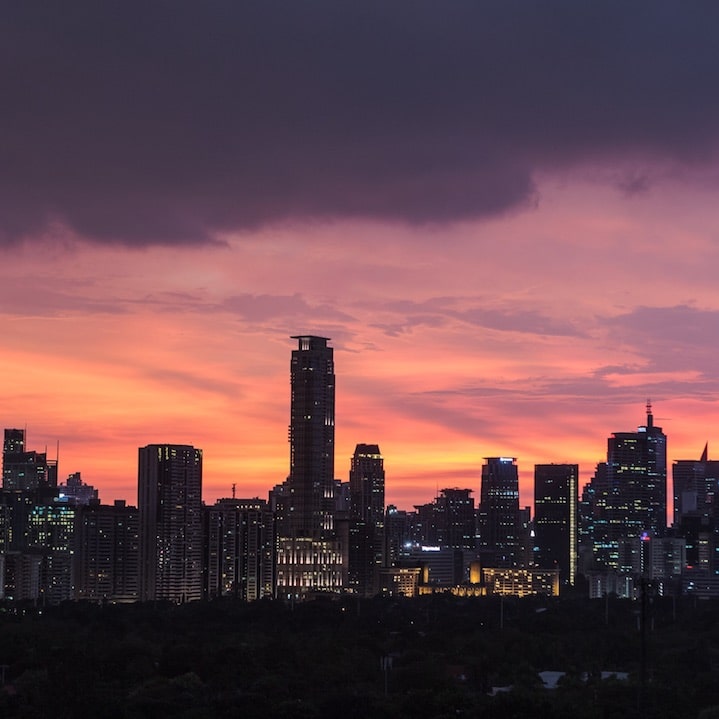
Where to shop:
With an abundance of malls at hand, the most difficult thing you will encounter in Manila is refraining from impulse buys. Popular shopping destinations include Greenbelt Shopping Mall and Glorietta, located in Ayala Center, Makati. It has Filipino-designer boutiques, high-end stores as well as international brands. Makati Avenue is home to many more department stores and malls so stay within the Makati district if commercial shopping is your goal. If it’s a bargain you’re looking for, try Greenhills Shopping Centre (San Juan, Metro Manila), with over 2000 little stalls in its complex.
For unique and original goods try out marketplaces like the one in Quiapo (“old downtown of Manila”), or flea markets like the one in Binondo, Manila’s Chinatown.
A trip to Manila wouldn’t be complete without witnessing the ridiculously low prices that Asia is so famous for. Check out the Divisoria Market in the Tondo district, and then head to the nearby 168 shopping area, which sells bargain shoes, toys, bags and more.
Getting around:
Transportation available to you include taxis, Ubers, GrabTaxis, or car rentals. While Manila does offer buses and railways, stations can get extremely busy at peak hours and might be confusing to navigate your first time. In general, it would simply be a more convenient option to call an Uber or taxi of some sort. Keep in mind that some local taxi drivers may try to overcharge you by not switching on the meter, which is why more reputable companies like Uber and GrabTaxi would probably be the smarter option. If you want an authentic experience, try the local mode of transport: a jeepney, although we wouldn’t recommend this for longer journeys.
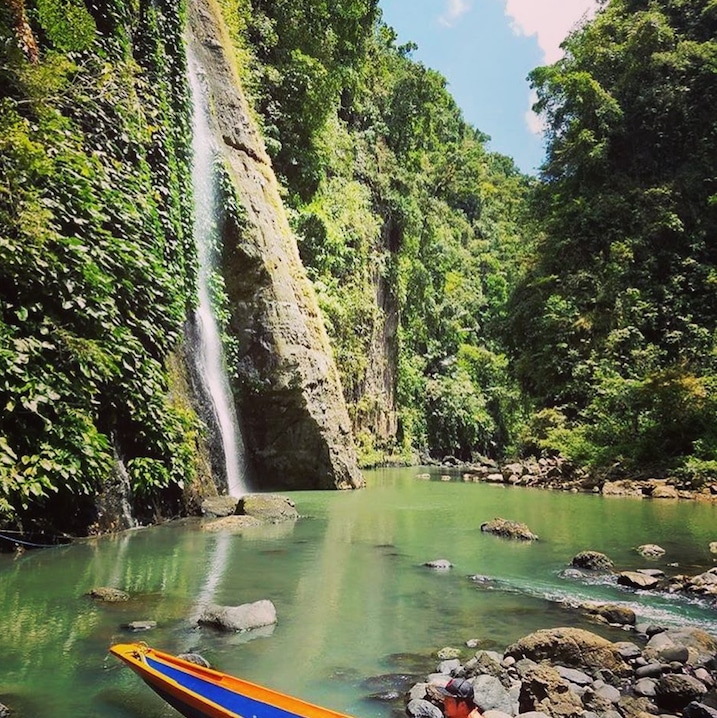
Other things to keep in mind:
Manila is hot year-round and has a particularly humid climate so pack light, airy clothes. June-September is also typhoon season so remember to bring umbrellas and a light raincoat.
Read more: 48 Hours in Taipei: The Ultimate Foodie Guide
Featured image by @iamalexalim courtesy of Unsplash, image #2 by @ruleofthirds_, image #3 courtesy of Manila Ocean Park, image #4 courtesy of Mercato Centrale, image #5 courtesy of Mercato Centrale, image #6 courtesy of Wild Flour Manila, image #7 courtesy of Unsplash, image #8 by @juicylucyfit.

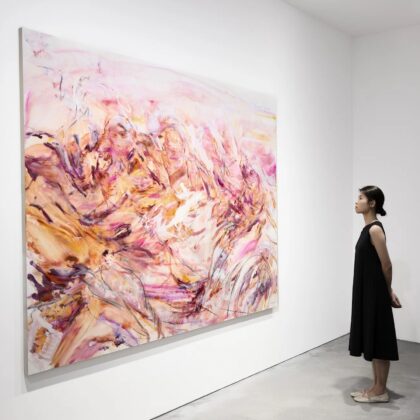
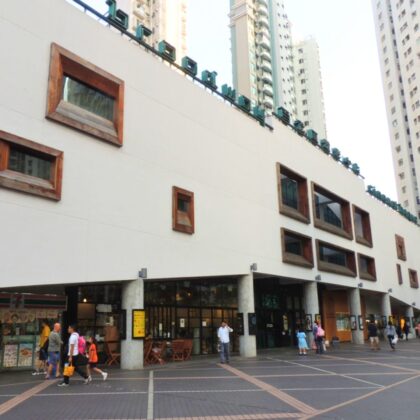
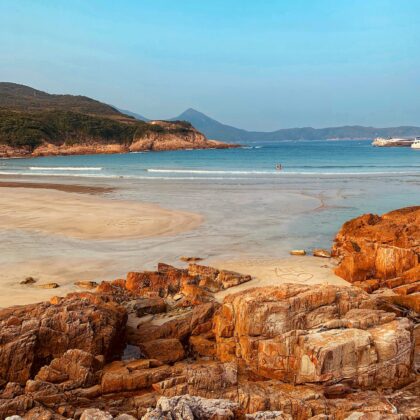
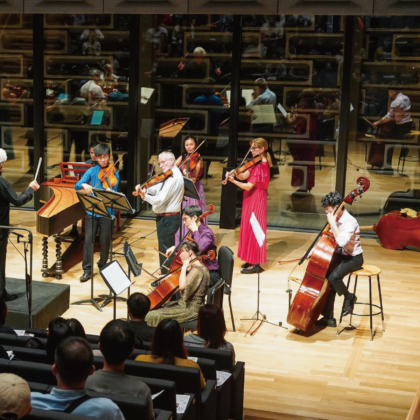
 Eat & Drink
Eat & Drink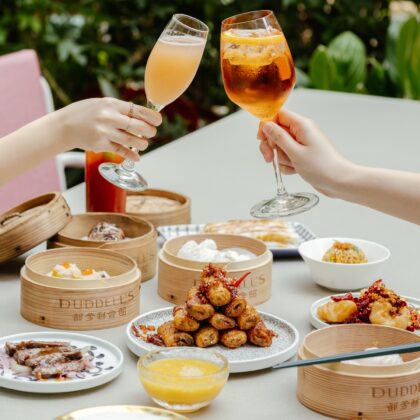
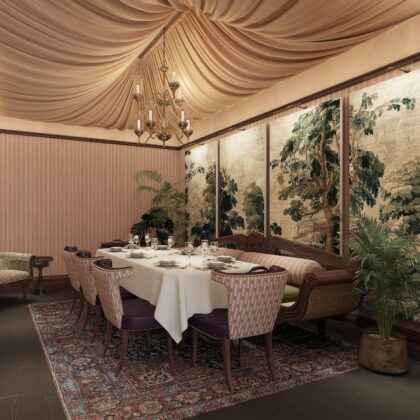
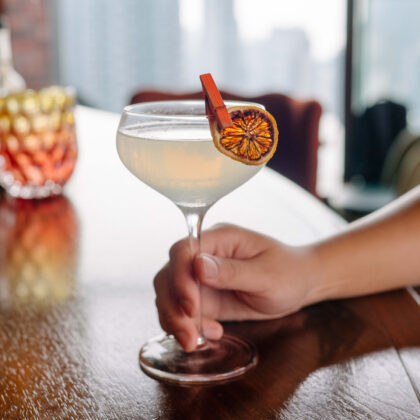
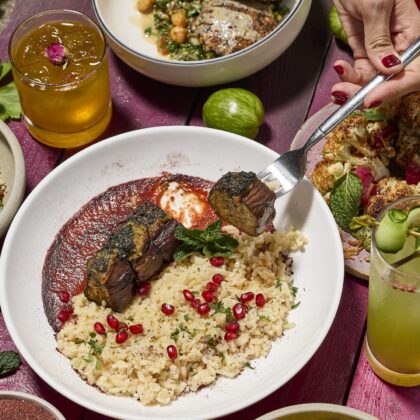
 Travel
Travel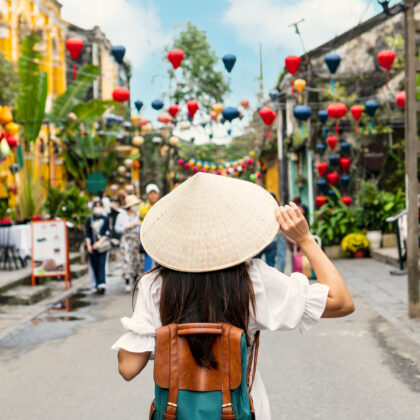
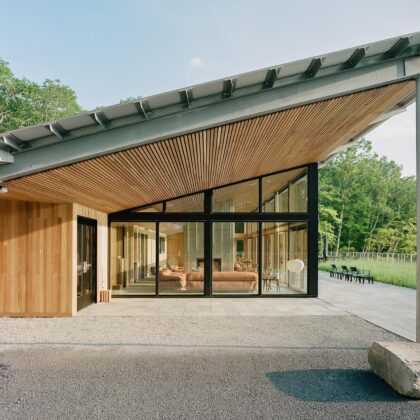
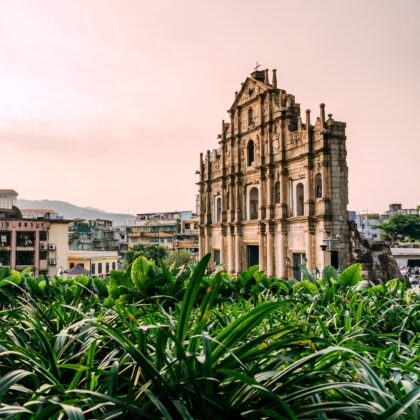
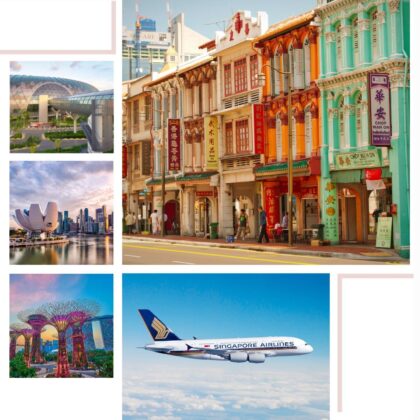
 Style
Style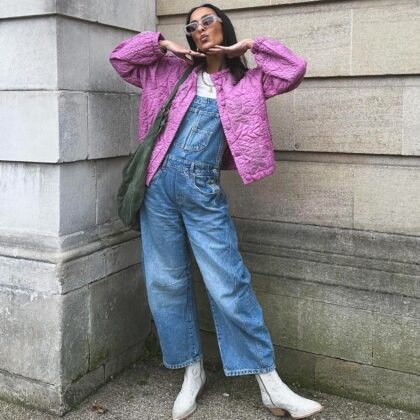
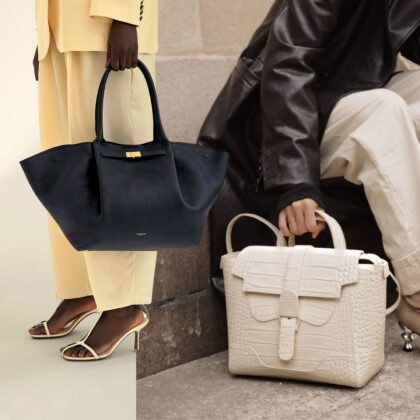


 Beauty
Beauty



 Health & Wellness
Health & Wellness
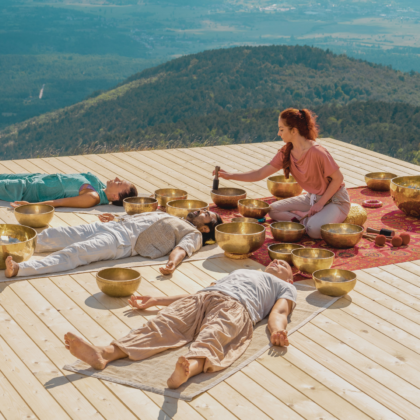
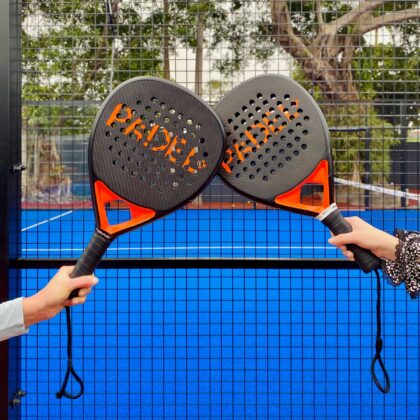
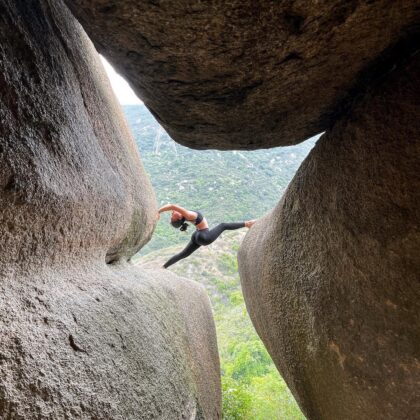
 Home & Decor
Home & Decor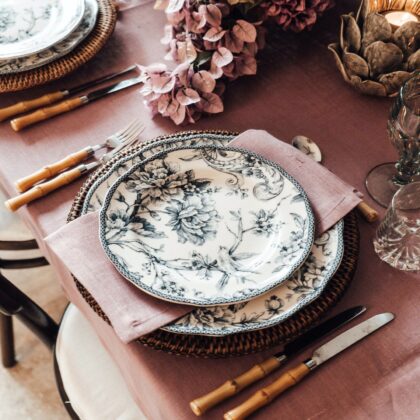

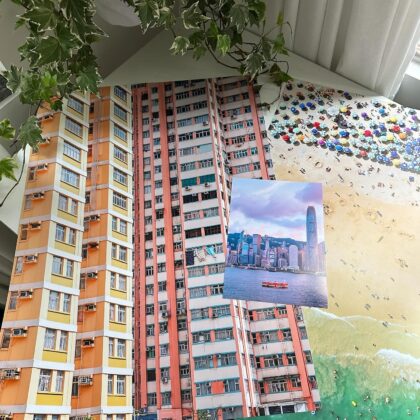
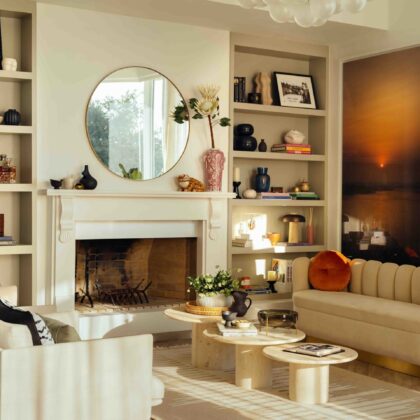
 Lifestyle
Lifestyle
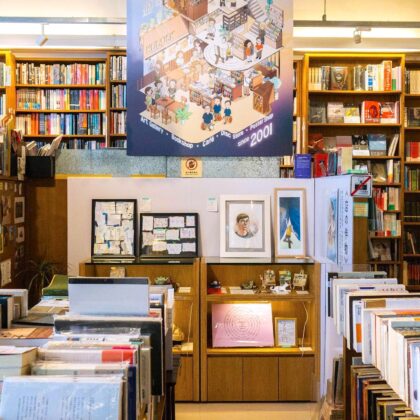
 Weddings
Weddings